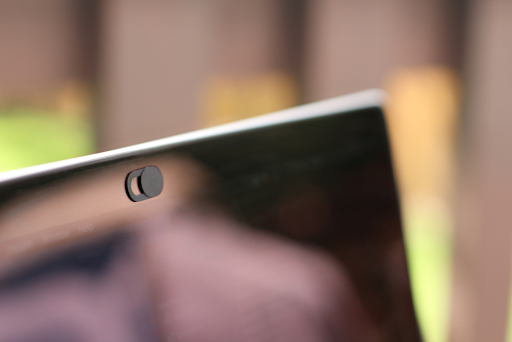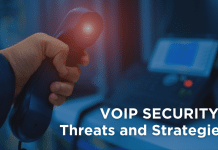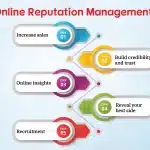Webcams have become an indispensable part of our lives, largely due to the restrictions, isolation, and remote work brought on by the COVID-19 pandemic. Besides helping us connect with loved ones and colleagues, webcams pose a significant privacy risk. Increased webcam usage in the past years has made these devices more appealing to cybercriminals and has led to a significant uptick in webcam hacking. By having your webcam hacked, you can be spied on 24/7 without having a clue.
Hackers can capture sensitive images and videos of you, which they can later use for blackmail, identity theft or simply ruining your life for fun. An infected webcam can also be used as a gateway for more malware, which can expose your personal data and financial information.
Whether you use a laptop, an external webcam or any device with a camera that is connected to the internet, there are ways to prevent hacking and they are worth investing in. Let’s explore the potential threats and see what you can do to protect your digital presence from cybercrimes.
1. Cover or disconnect the webcam
You may need your webcam for video calls, but you don’t use it around the clock. Whenever you don’t need it, unplug it, disable it from the system settings of your device or cover it with masking tape. Plastic webcam covers for laptops are also available and they are easy to use.
2. Install security software
Covering your webcam may not be enough, because the microphone on your laptop can also be hacked. By listening in on your private or business conversations, hackers get a hold of a lot of sensitive information. The safest option is to install security software with real-time top-tier protection. Choose a trusted cybersecurity product, like Norton LifeLock, that offers additional benefits like a password manager, an identity alert system, parental controls, and even credit monitoring.
3. Check app permissions
Various apps and browser extensions can alter the webcam settings, turning it on even when you aren’t actively using it. Sometimes the webcam indicator LED lights up, flagging its usage, but hackers can easily deactivate the light. It is best to deny all apps the permission to access your webcam and microphone, and only allow access on a case-by-case basis.
4. Install device updates
Devices connected to the internet benefit from regular updates that help fix bugs and patch security vulnerabilities. Always make sure you have the most recent version installed for all your software and enable automatic updates to take this burden off your shoulders.
Protect Your Privacy Online
Given how cybercriminals can utilize an individual’s webcam, it is only natural to want to prevent identity theft and protect your digital security. Remember to cover or disable all webcams when not using them, install Norton Lifelock with advanced services, check the permissions for your apps and browser extensions, and enable automatic updates for all internet-enabled devices. By checking all the above steps, you can honestly say you have the best online protection for you and your family members









